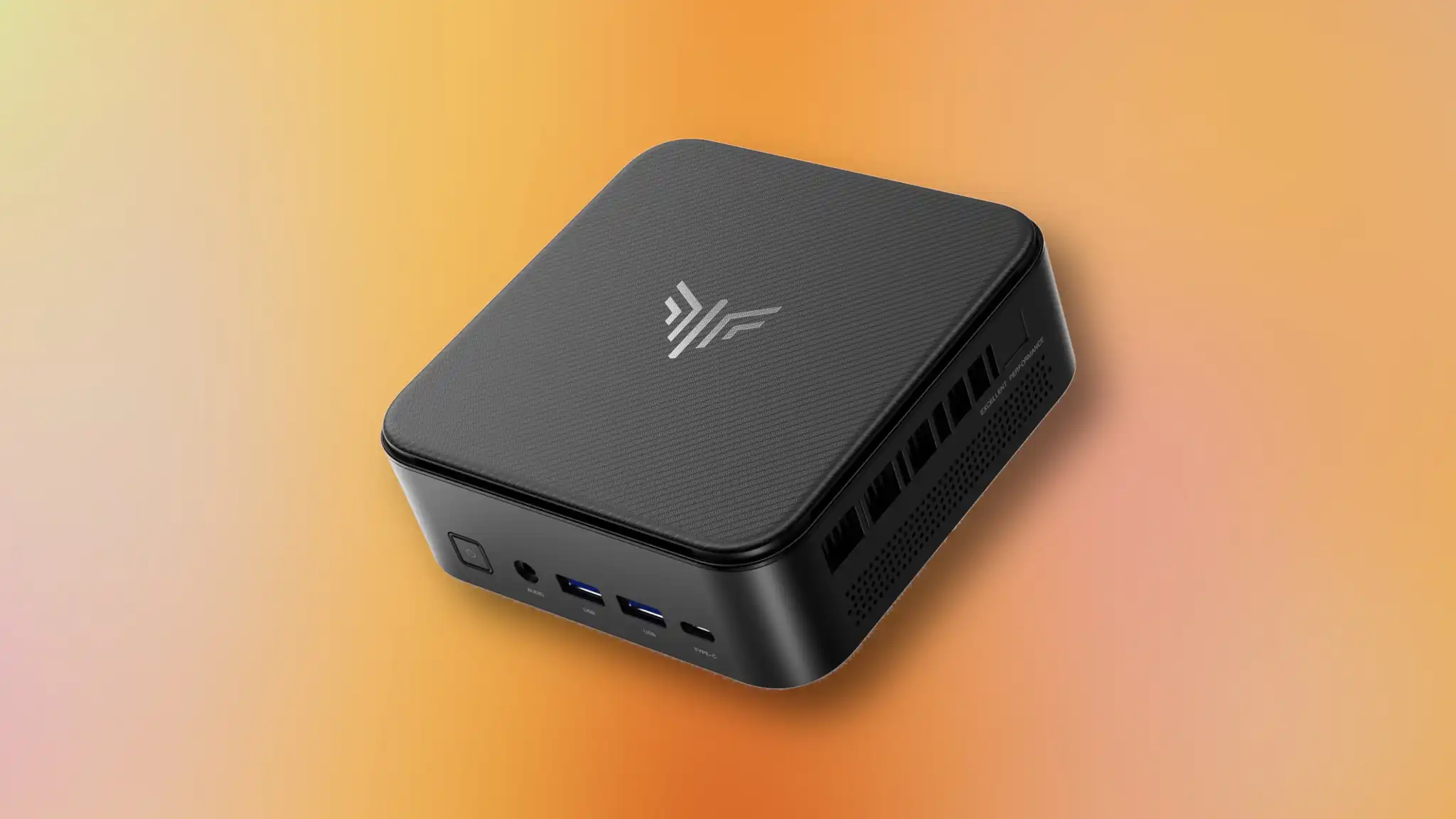
This week’s news cycle brought yet another unsettling data breach to light, this time involving AT&T. The telecommunications giant disclosed that account information for a staggering 7.6 million current customers and 65 million former customers had been leaked on the dark web in mid-March. The compromised data included sensitive details such as full names, email addresses, home addresses, phone numbers, dates of birth, account numbers and passcodes, and even social security numbers.
However, for one individual, the alert about being part of the affected group came much sooner than expected. On March 22, they received an email notification from Google in their Gmail inbox, bearing a simple subject line: “You have new dark web results.” Intrigued, they clicked the link and were directed to their Google One dark web monitoring results page. There, they found a comprehensive overview of the leaked information, even though their social security number wasn’t part of their monitoring profile.
Thanks to Google’s timely alert, they were able to take swift action. By the time AT&T officially addressed the breach, they had already secured their accounts with credit report freezes, updated passwords, and changed passcodes. They even had time to assist other family members and discuss their experience with others. This level of proactive security monitoring was something I had not previously witnessed with Google One, which had typically reported on breaches long after they occurred.
While Google’s dark web monitoring service isn’t free—it’s included in Google One plans starting at $20 per year—it offers invaluable peace of mind. The subscription can be shared with up to five users, each with their own profile for dark web monitoring. Plus, the additional cloud storage provided with Google One plans is an added bonus.
Of course, Google’s service isn’t the only option available. Antivirus software often includes similar monitoring features, though none I’ve tested have been as quick to raise alerts as Google. Regardless of the tool you choose, being proactive about online security is essential in today’s digital landscape. Using unique, strong passwords, enabling two-factor authentication, and avoiding easily discoverable security question answers are crucial steps in safeguarding your digital identity.




